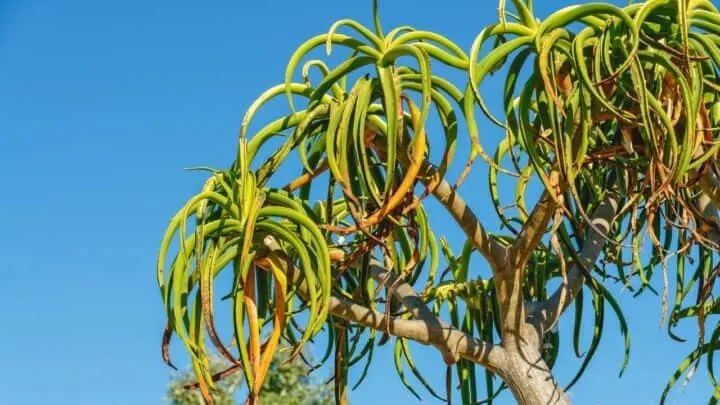This past spring, I decided to renovate my garden, and seeing that I could use some shade and height, I opted to add a few trees.
Heading to my local garden nursery, I began looking at different tree species, not really knowing what I wanted.
A helpful sales assistant asked if I wanted slow or fast-growing trees, which left me even more confused. I had never known that trees grow at different rates.
He patiently explained that there were different reasons why you would want a slow or a fast-growing tree, and I finally decided on choosing several slow-growing trees.
Here’s what I chose and why.
Table of Contents
What Are Some of the Slowest Growing Trees?
There are several species of slow-growing trees including “Don Egolf” redbud, purple lily magnolia, Japanese snowbell, Japanese stewartia, “sky trails” Serbian spruce, Japanese maple, and paperbark maple.
Types of Slow Growing Trees
Several popular slow-growing trees include:
“Don Egolf” Redbud
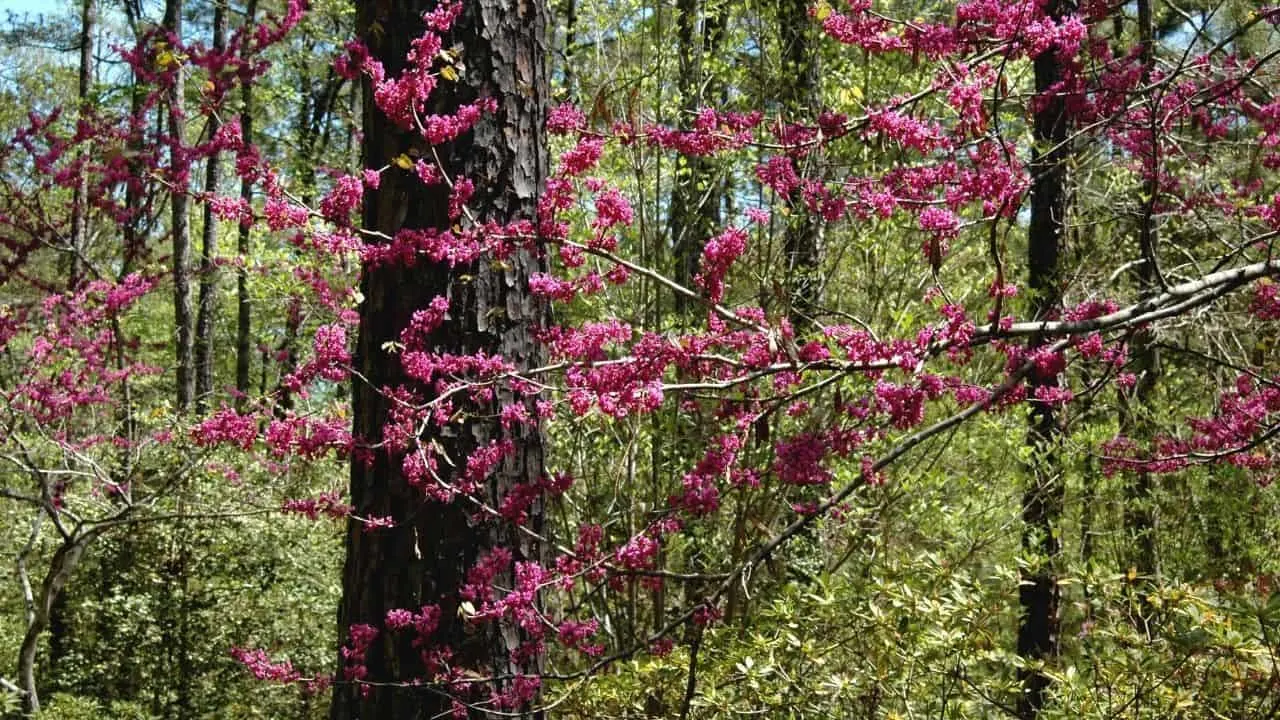
Known as a Cercis chinensis “Don Egolf,” this is a particularly slow-growing tree. A tree only reaches a mature height of 10 feet in 15 years.
This means the Don Egolf grows at a rate of about 1 foot in a 1 1/2 year.
It is ideal for USDA hardiness zones of 6 to 9, making this tree better suited to warmer climates. I was advised to use this slow-growing tree as a hedge tree, which would help demarcate the landscape of my garden.
However, I was also encouraged to buy a larger young tree to have a visually pleasing tree without waiting a few years for growth to happen.
Purple Lily Magnolia
I also wanted some color in my garden, and the purple lily magnolia produces lovely spring blossoms, which looked so pretty on the trees at the nursery.
The magnolia tree will take about 10-15 years to reach its full height of about 10 feet, giving it a growth rate of about a foot or less a year.
Fortunately, the magnolia tree is pretty all along its growth journey. In USDA hardiness zones of 5 to 9, I would be blessed with the purple to pink blossoms each spring.
I could also decide to prune the magnolia tree and keep it as a shrub instead of letting it grow to tree height.
As a bonus, I would only prune the magnolia once a season as it would retain its shape beautifully since it grows so slowly.
Japanese Snowbell Tree and the Japanese Stewartia
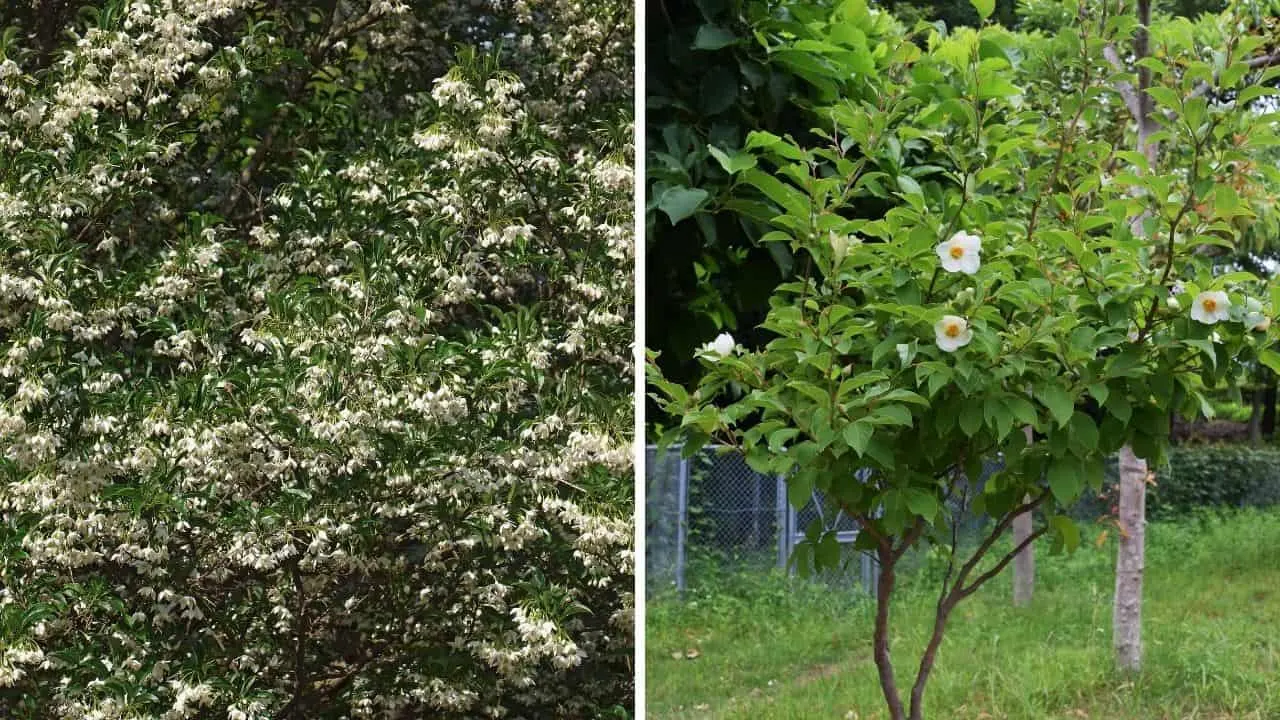
Both these trees are slow growers, making them ornamental trees that are ideal to make anything from a bonsai to an ornamental landscape feature if you don’t want to let them slowly reach their mature height.
The Stewartia has a medium to slow growth rate that will see it reach a mature height of 40 feet at a rate of 24 inches a year.
The snowbell tree will feature a maximum growth rate of 12-24 inches a year, but the final height is around 20 feet, so you can expect a fully grown tree in a minimum of 10 years.
Japanese Maple Trees
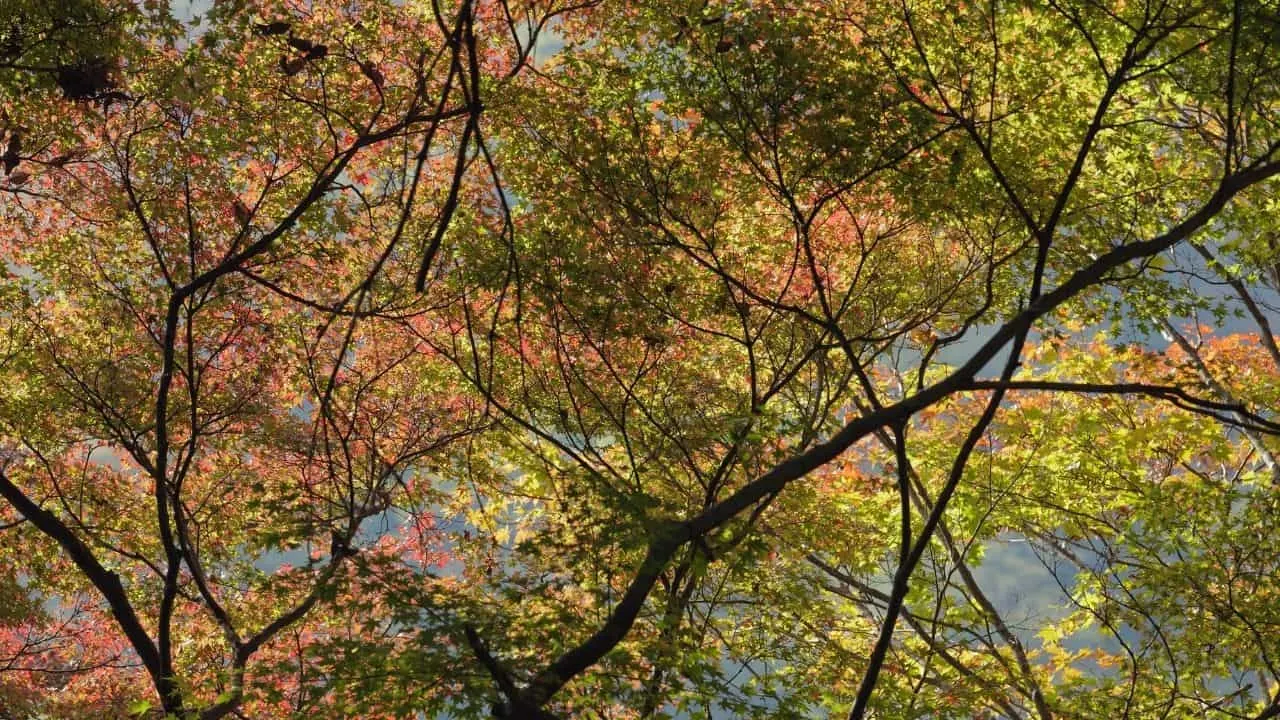
There are several Japanese maple tree variants that easily grow in the U.S. However, many of these are slow growers, requiring patience from amateur gardening enthusiasts like me.
At a growth rate of about 12 to 24 inches a year, a Japanese maple will only reach a mature height of 30 feet in 10-12 years.
Serbian Spruce or Sky Trails
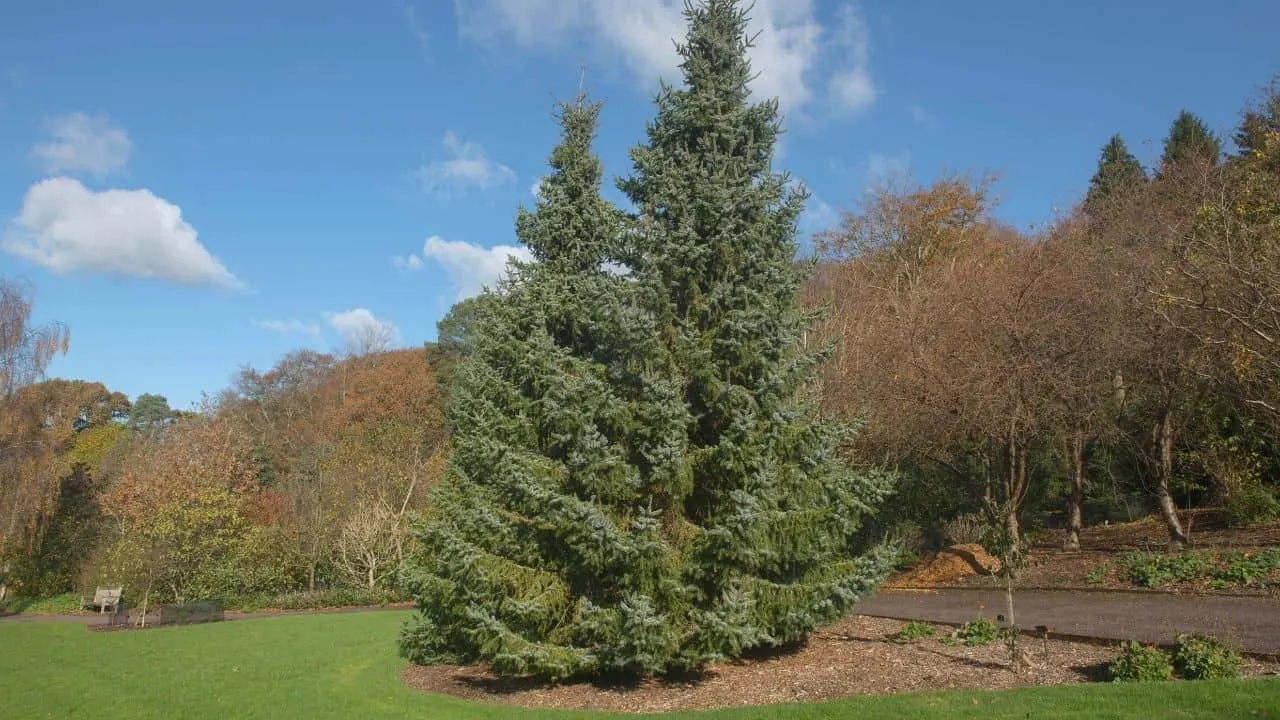
At a growth rate similar to Japanese maple trees, the Serbian spruce tree only grows at less than 12-24 inches a year. You can successfully cultivate these magnificent trees in a USDA hardiness zone of 4-8.
Keep in mind these trees reach a height of 30-35 feet, making them impressive property border trees when mature.
However, be aware that the bigger a tree grows, the bigger its root system is.
Influences on Growth Rate for Trees
Being a curious gardener, I also asked the helpful nursery assistant what factors could make a tree grow slower or help a slow-growing tree grow faster.
He easily answered that I should ensure the following:
Soil Depth
Trees will grow slowly if their root system can’t expand far enough. Planting a slow-growing tree in shallow ground will result in its growth rate stagnating, and a faster-growing tree may starve and finally die.
Ensure that a large tree like a Japanese maple or Serbian spruce has over six feet of soil depth.
Water Amounts and Quality
Trees can channel over 32 gallons of water a day from their roots to their leaves.
Trees also become susceptible to water that is heavy in minerals and metal deposits that can clog up their root cells, leading to root loss.
Fertilizer and pH
A tree, being quite a big plant, requires rich but well-draining soil to help it grow to its full potential.
A tree that grows in poor soil will grow slowly.
Proximity to Other Plants
As with the soil depth, a tree that is planted in close proximity to other plants may grow slower than it should.
This is because the tree will be competing with other much faster-growing plants for resources such as light, water, and fertilizer.
The Slowest Growing Tree on Record
As proof of how the circumstances of a tree’s growth can influence its growth rate, the world’s slowest-growing tree is a white cedar tree in Canada.
It’s wedged into the side of a cliff, and it grows really slowly. In 155 years, it has only reached a height of four inches!
Essentially, this tree is a bonsai or miniaturized tree.
Frequently Asked Questions about the Slowest Growing Trees
What are the slowest growing trees?
Some of the slowest growing trees include the Japanese snowbell, the Serbian spruce, and the Japanese maple, to name a few.
Why do trees grow so slowly?
Trees use a complicated process to produce food, absorb nutrients, and engage in cellular division, which makes them grow taller. Some trees also lose their leaves during winter, which means they will have to consume their own energy to make new leaves in spring, resulting in the tree growing even more slowly.
The Final Stub
I opted for a few slow-growing trees to plant as ornamental trees, which I could prune and bring along in a patient manner.
But I also chose a few faster-growing trees to add some height to my garden and provide shade.
I was very careful to leave plenty of space around my slow-growing trees so they could reach their ideal height in about 12 years.

Daniel has been a plant enthusiast for over 20 years. He owns hundreds of houseplants and prepares for the chili growing seasons yearly with great anticipation. His favorite plants are plant species in the Araceae family, such as Monstera, Philodendron, and Anthurium. He also loves gardening and is growing hot peppers, tomatoes, and many more vegetables.

